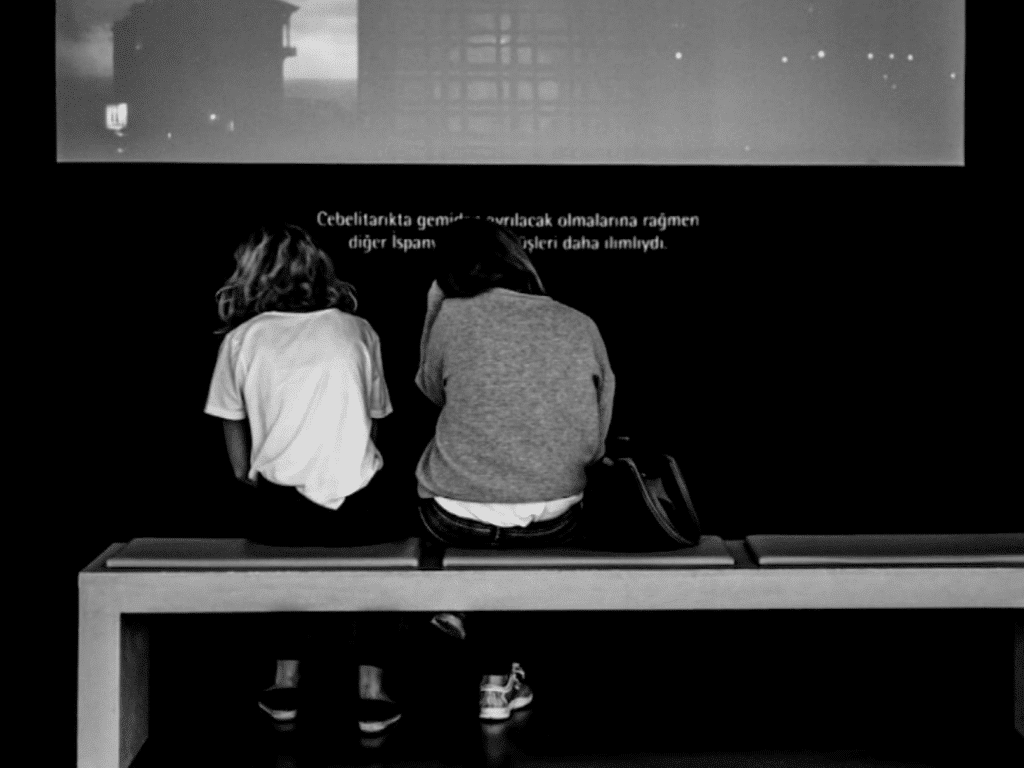The subtitling of documentaries and TV series is becoming increasingly important in the media landscape. With the emergence of digital video platforms, viewers can now access previously inaccessible content from around the world. However, without adequate subtitles, viewers cannot fully enjoy this content. The subtitling of documentaries and TV series allows viewers to better understand the content and engage in a world that would otherwise be inaccessible.
For documentary and television series producers and creators, subtitling is essential to maximize potential audiences. By allowing access to a greater number of cultures, subtitling offers the opportunity to reach a broader audience and amplify the messages contained within the film or series. For these reasons, subtitling for documentary films and television series is becoming an integral part of the production process.
In this blog post, we will be exploring the importance of subtitling documentary films and television series, and examining the various options available for subtitling.
1. The importance of subtitles in documentary films and television series
Subtitling plays an important role in the production process of documentary films and TV series. It is an integral part of the viewing experience, allowing viewers to better understand and appreciate the context of a documentary. In Morocco, where the majority of films and series are subtitled in French and Arabic, subtitles are a crucial form of access to these films and series. Subtitling documentaries allows viewers to understand the content regardless of their language level and makes films and series more accessible to a wider audience. Subtitling also helps to preserve the original meaning of a documentary, as it allows the viewer to appreciate the nuances of language and content.
2. The various types of subtitles
Subtitling for documentary films and TV series is a crucial element for viewer accessibility in Morocco. It can be done in several ways, and in this document, we will discuss two main types of subtitles: embedded subtitles and open subtitles. Embedded subtitles are pre-recorded and are mostly used in movies and TV series. Open subtitles, on the other hand, are written and inserted into the film or TV series during playback. They are mostly used in documentaries because they provide viewers with additional information and context that are essential to understanding the documentary.
3. Technical skills required for subtitling
Subtitling of documentary films and television series requires the ability to work with multiple technologies and software. The technical skills required to accurately subtitle a documentary film or series include:
A. Knowledge of reliable subtitling software.
This software must be adapted to the specific language and type of documentary.
For example, dB PROD-FACTORY has its own specific subtitling software.
B. Experience with scripting and formatting techniques.
The subtitling process involves converting scripts into subtitles and formatting them according to appropriate specifications.
C. Understanding of timing and synchronization.
Subtitles must appear on-screen at the right time and must match the spoken dialogue.
Professional subtitlers must have a good mastery of timing and synchronization.
4. Strategies for creating and translating subtitles
The creation and translation strategies for subtitles must be carefully planned in order to ensure an optimal result for the documentary film or TV series. When subtitling a documentary or TV series in Morocco, it is important to consider the target audience and cultural context of the project. Different languages may be used as needed to meet project requirements. Additionally, it is important to keep in mind the maximum number of characters per subtitle, as well as the minimum duration of each subtitle. Furthermore, the audience must be able to read the subtitles without difficulty and the text must be adapted to the target culture. Finally, when translating subtitles, it is important to ensure a high level of accuracy, as well as retaining the style, tone, and original intention of the source text.
5. The challenges of subtitling in the media industry
The subtitling of documentary films and television series in Morocco is a very complex task that presents several challenges. The most important of these are:
A. Language barriers:
Documentaries filmed in Morocco often contain dialogues in several languages, which requires competent subtitling professionals to create subtitles that accurately translate the content.
B. Cultural differences:
Documentary films and television series often include subtle cultural references that must be carefully nuanced to be accurately understood by the target audience.
C. Screen size adaptation:
Subtitles must be carefully adjusted to fit the different screen sizes of the target viewing devices.
D. Audio quality:
Poor audio quality can make it difficult to accurately transcribe dialogues and create subtitles.
E. Quality control:
The accuracy and spelling of subtitles must be verified to ensure that the content is translated accurately.
Overall, subtitles are a powerful tool for overcoming linguistic barriers and making foreign films and TV shows more accessible to a wider audience. Subtitling and translation services are now more advanced and accurate than ever, and they are an excellent way for people to watch and understand movies and series from all over the world. Subtitles are an essential element of the film and television industry.

